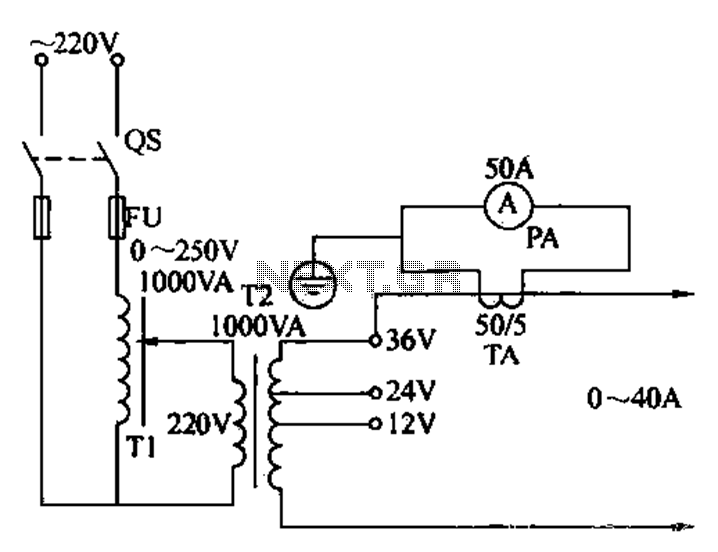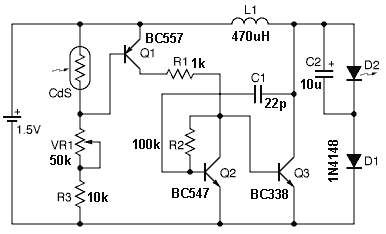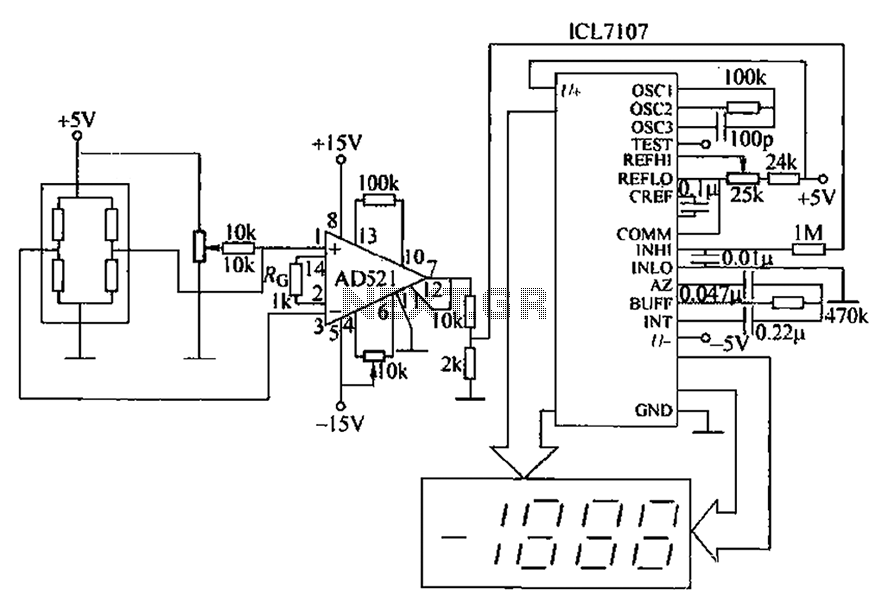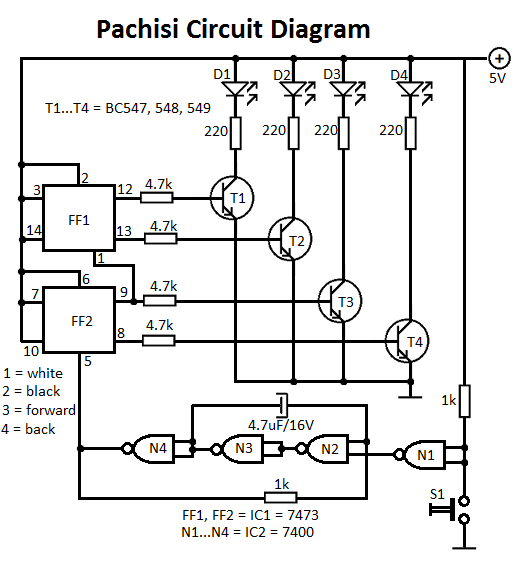
Small current generator circuit

Electricians sometimes use overcurrent relays, thermal relays, and other devices to perform periodic overcurrent checks with a current generator. A secure running lights transformer, voltage regulator, and meter can be constructed using a small electric current generator. The homemade ship current generator circuit, illustrated in the figure, consists of switches, fuse wire, a regulator, safety running lights transformers, and an ammeter. According to the figure, the line is connected, and the power supply voltage is fed into the regulator. After voltage adjustment, the running lights transformer provides a secondary current voltage that can be adjusted from approximately 0 to 40 mA, allowing for continuous adjustment to meet general overcurrent testing requirements.
The described circuit serves as a practical solution for electricians needing to conduct regular overcurrent checks. At its core, the circuit includes essential components such as switches for controlling the flow of current, fuse wire for protection against overcurrent conditions, and a regulator to maintain a stable output voltage. The safety running lights transformer is integral to stepping down the voltage to a usable level while ensuring the circuit operates safely.
The current generator operates by converting electrical energy into a controlled output that can be manipulated for testing purposes. The voltage regulator plays a crucial role in this setup, allowing for precise adjustments to the output current. This feature is particularly beneficial for testing various electrical devices and systems under different load conditions.
The ammeter included in the circuit provides real-time feedback on the current flowing through the system, enabling electricians to monitor performance and ensure that the current remains within acceptable limits during testing. The adjustable range from 0 to 40 mA is suitable for a variety of applications, making this circuit versatile for different overcurrent testing scenarios.
In summary, the described homemade ship current generator circuit is a valuable tool for electricians, combining essential components to enable effective overcurrent checks. Its design emphasizes safety and functionality, ensuring reliable performance in a range of electrical testing applications.Electrician sometimes overcurrent relays, thermal relays, etc. do periodic overcurrent or check, to use a current generator. Using secure running lights transformer, voltage re gulator and meter can be made by a small electric current generator. FIG homemade ship current generator circuit, which consists of switches, fuse wire, regulator and safety running lights transformers, ammeter, etc., according to the figure the line is connected, the power supply voltage fed zzov regulator after, the transfer pressure, running lights becomes secondary current voltage regulator can be adjusted from about O 40MA, and continuously adjustable, use it to meet the general overcurrent check.
The described circuit serves as a practical solution for electricians needing to conduct regular overcurrent checks. At its core, the circuit includes essential components such as switches for controlling the flow of current, fuse wire for protection against overcurrent conditions, and a regulator to maintain a stable output voltage. The safety running lights transformer is integral to stepping down the voltage to a usable level while ensuring the circuit operates safely.
The current generator operates by converting electrical energy into a controlled output that can be manipulated for testing purposes. The voltage regulator plays a crucial role in this setup, allowing for precise adjustments to the output current. This feature is particularly beneficial for testing various electrical devices and systems under different load conditions.
The ammeter included in the circuit provides real-time feedback on the current flowing through the system, enabling electricians to monitor performance and ensure that the current remains within acceptable limits during testing. The adjustable range from 0 to 40 mA is suitable for a variety of applications, making this circuit versatile for different overcurrent testing scenarios.
In summary, the described homemade ship current generator circuit is a valuable tool for electricians, combining essential components to enable effective overcurrent checks. Its design emphasizes safety and functionality, ensuring reliable performance in a range of electrical testing applications.Electrician sometimes overcurrent relays, thermal relays, etc. do periodic overcurrent or check, to use a current generator. Using secure running lights transformer, voltage re gulator and meter can be made by a small electric current generator. FIG homemade ship current generator circuit, which consists of switches, fuse wire, regulator and safety running lights transformers, ammeter, etc., according to the figure the line is connected, the power supply voltage fed zzov regulator after, the transfer pressure, running lights becomes secondary current voltage regulator can be adjusted from about O 40MA, and continuously adjustable, use it to meet the general overcurrent check.





